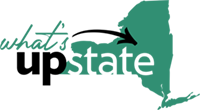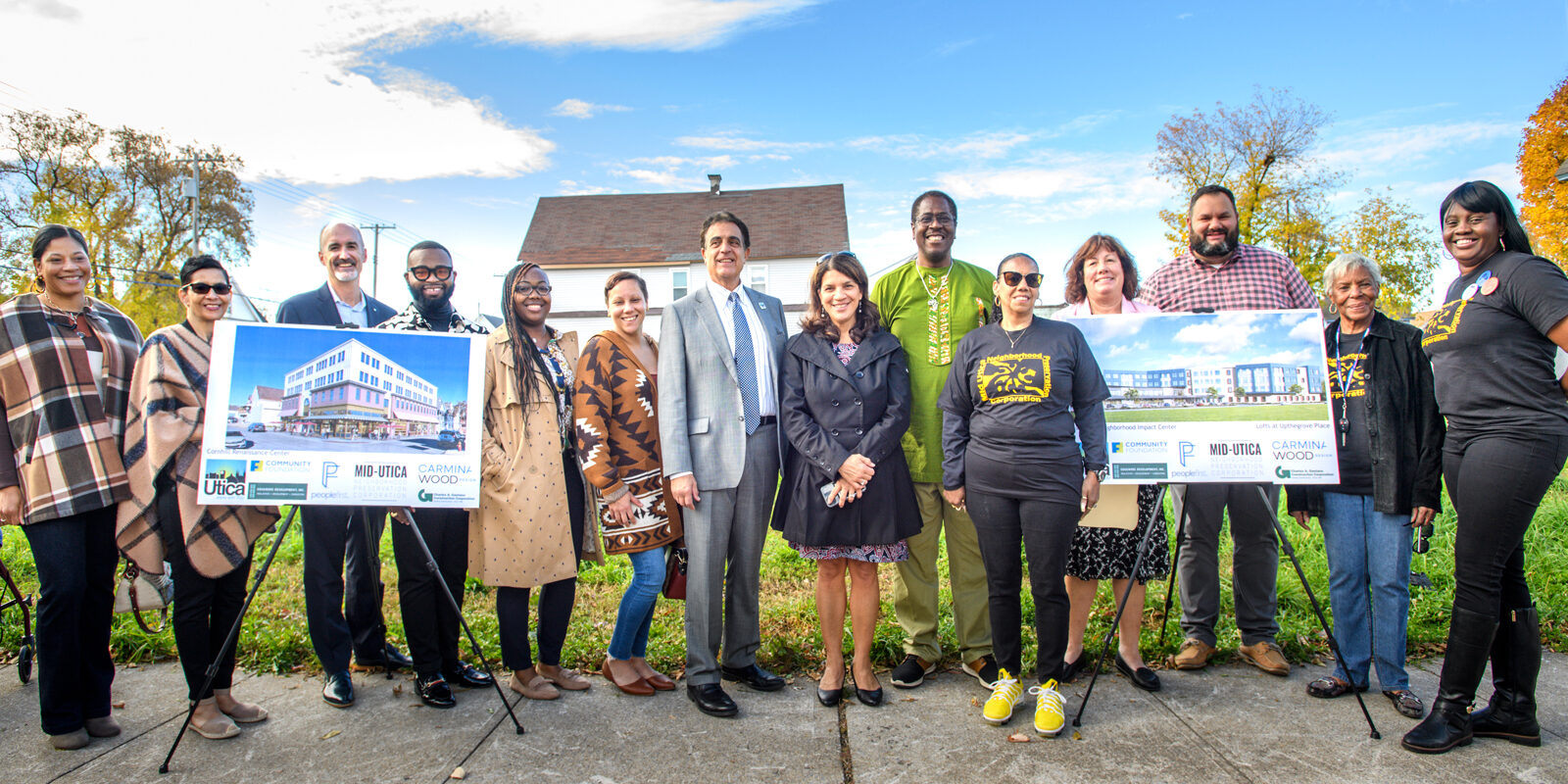At the Community Foundation of Herkimer and Oneida Counties, we have a long-term commitment to help our partners bring about neighborhood revitalization—to breathe new life into communities from Little Falls to Camden. By definition, revitalization is the act or process of giving new life, fresh vitality or energy to someone or something. In this case, revitalizing neighborhoods embraces a wide range of programs, services, improvements—in short, supporting opportunity and enhancing quality of life.
Revitalization means different things for different communities, and it’s happening all around the Mohawk Valley, with many nonprofit partners working to make the neighborhoods they serve the best that they can be. It won’t happen overnight, but we’re committed to long-term partnerships and collaborative efforts that will truly make a difference.
The Community Foundation’s neighborhood revitalization roles are many: partner, collaborator, funder, facilitator. And our strategy is “multi-focused,” so that positive change can happen in multiple places now and for years to come. Utica, the largest community in our area, has multiple neighborhoods throughout the city with many pressing needs. Together with nonprofit, public and private sector partners, we are addressing critical longstanding challenges in innovative ways.
In Utica, the Cornhill Revitalization Project—an effort we’ve undertaken with Mid-Utica Neighborhood Preservation Corporation, Collective Impact Network, People First and the City of Utica—will create 100 new apartments and 30,000 square feet of commercial and community space at two newly constructed “impact centers” on West and James streets. In addition to addressing the city’s affordable housing needs, the centers will provide their residents and the neighborhood’s with access to nonprofit partner programs and services, community meeting spaces, a business incubator, a dedicated arts and media studio, gym and wellness facility, an urban grocery store, and much more. Dedicated staff and an online navigational platform will connect people in the neighborhood with the programs and services they need, and the organizations that provide them.
Other “impact centers” are poised to make a big difference in the Mohawk Valley. Some of the following are already meeting needs, others are preparing to do more—and some will come online in the next few years.
In Utica, Johnson Park’s new Community Center will offer a food pantry, low-income housing, and community-use spaces. 50 Forward West Side’s Court Street building renovation will provide senior and neighborhood-focused programs, services, events, and more. Midtown Utica Community Center is rehabilitating community-use and meeting spaces for its new-resident-focused multicultural programs and services through a building renovation and upgrades. Downtown, the Utica Center for Development’s Washington Streetbuilding rehab will provide enhanced community and meeting spaces, recreational programing, and an updated gym. Artspace, a planned new construction project on Park Avenue, stems from a national artist-specific concept. Its affordable housing will be available to artists and others, and the building will feature community and gallery spaces.
Across both counties, other impact centers are in place or are taking shape:
Camden Life Center, a project of the Center for Family Life and Recovery, recently celebrated the opening of its multi-partner Main Street facility, which provides a range of behavioral and mental health services, and community-use space. Little Falls Youth and Family Center, the former YMCA at 15 Jackson Street plans to expand on its long history of providing youth and family programs, and building rehab is underway for Rome’s West Dominick Street REACH Center, an expanded facility that will help close service gaps in behavioral and mental health, and substance abuse and addiction services.
Revitalizing neighborhoods is just part of what the Community Foundation does in partnership with donors, nonprofit organizations, local government and others dedicated to our shared vision: A vibrant region with opportunity for all. With the area’s resurgence in recent years, progress is happening–and there’s a lot more to come. To support these ongoing neighborhood revitalization efforts or to learn more, visit foundationhoc.org/revitalization.









